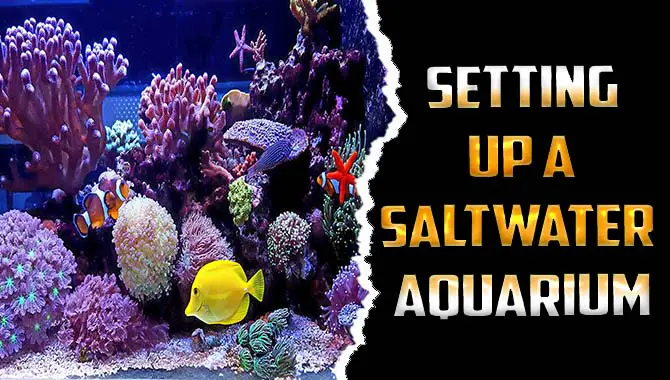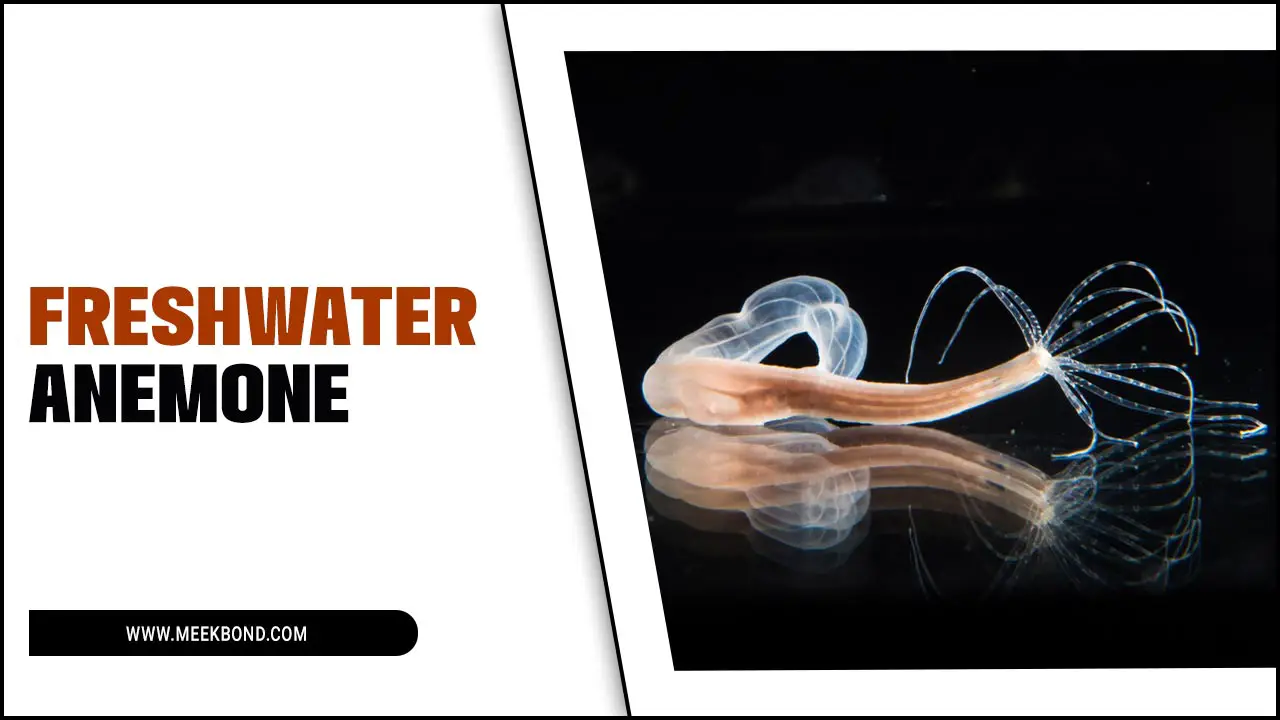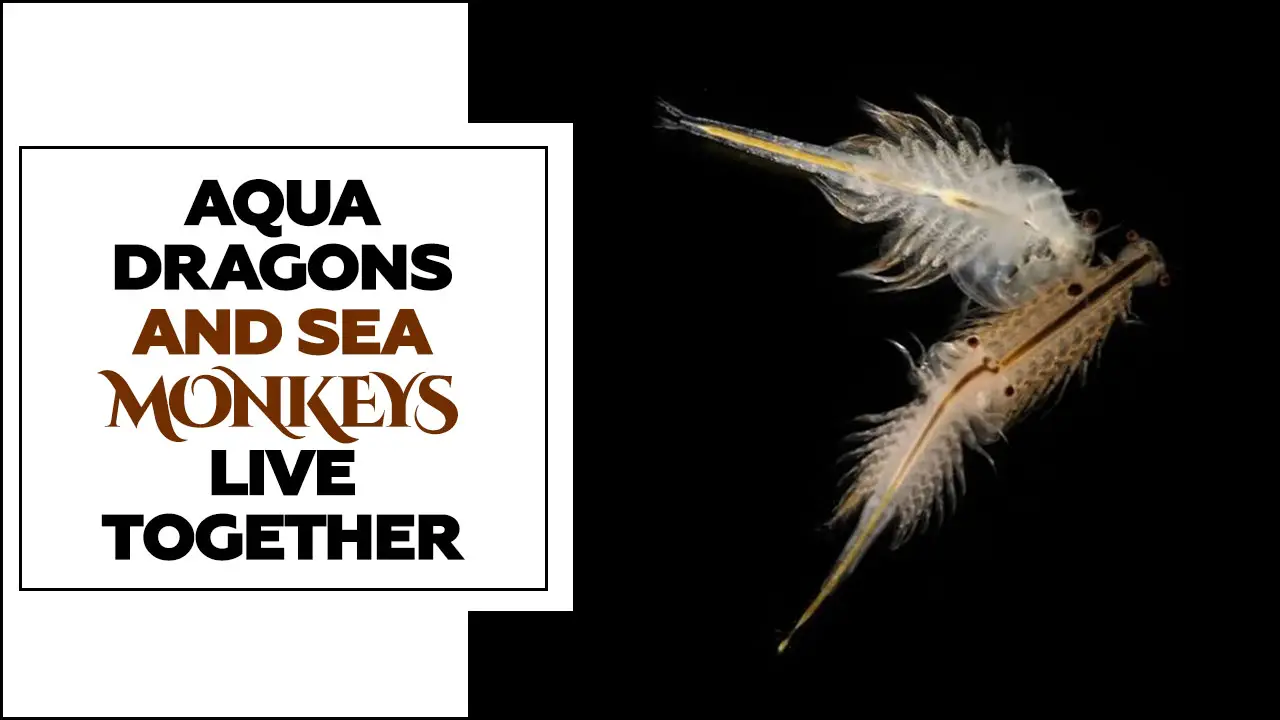Shrimp do indeed shed their exoskeletons, a process known as moulting. As shrimp grow, their exoskeleton becomes too small and restrictive, so they must shed it for further growth.
During molting, the shrimp will find a safe hiding spot and begin to secrete enzymes that soften its old exoskeleton. We will also discuss do shrimp shed, the importance of molting for shrimp growth and survival and identify the different stages of the molting process.
Additionally, we will explore the role of stress in shrimp molting and tips to distinguish between a dead shrimp and a molting one. Keep reading to learn everything you need about the fascinating world of shrimp shedding.
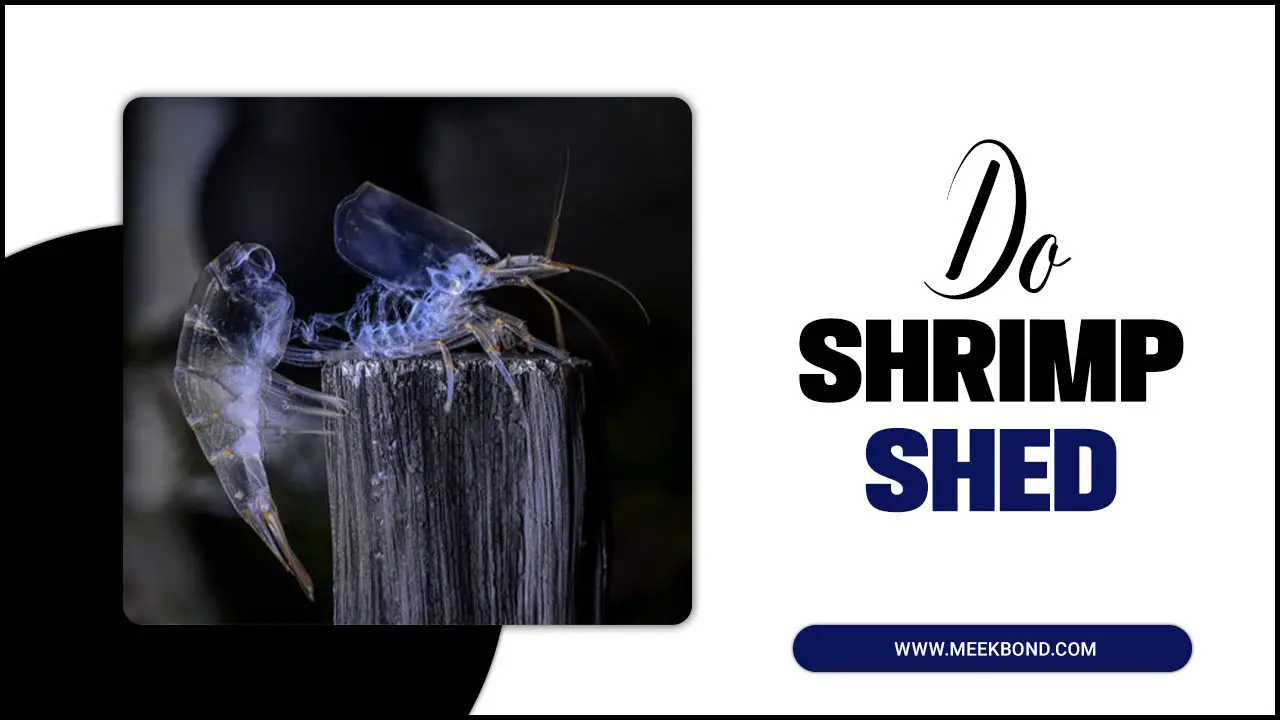
Discussion On- How Often Do Shrimp Shed Their Skin?
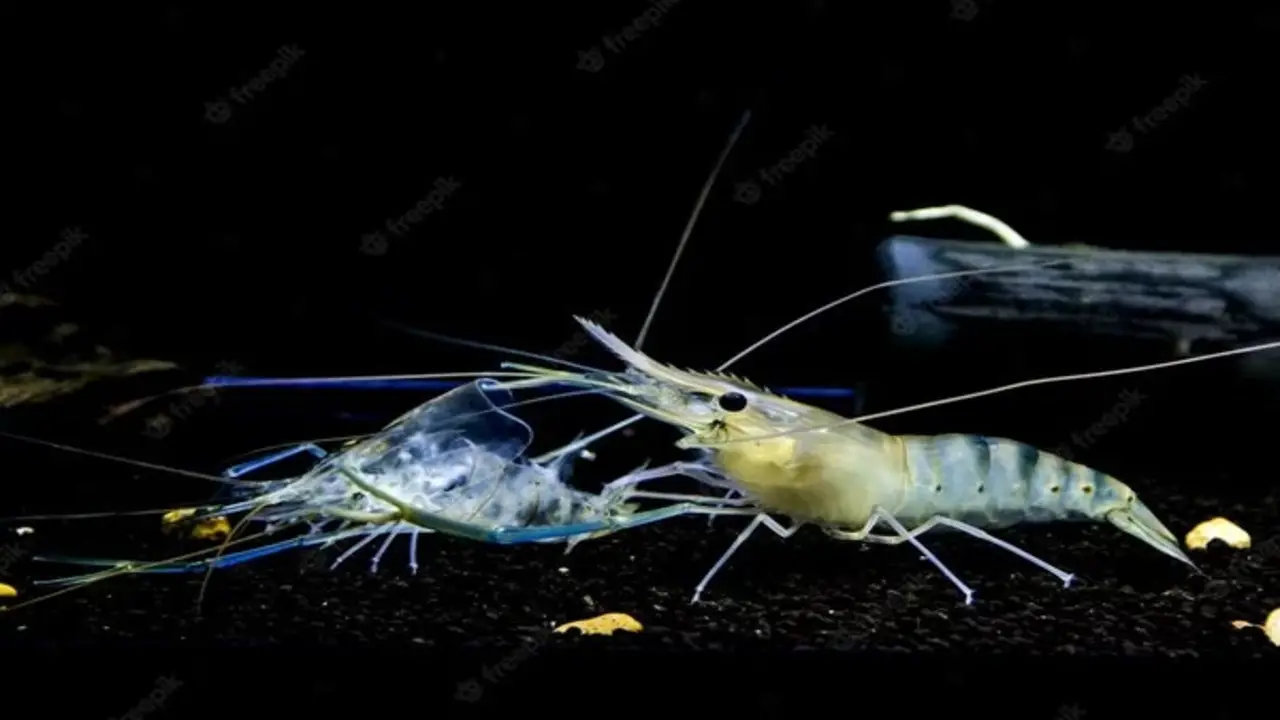
Shrimp typically molt their exoskeleton every 3-4 weeks as they grow. This molting process can be stressful for shrimp and may require extra care from the owner. To support healthy molting, offering a varied diet and maintaining good water quality is important.
Watch for signs of molting, such as hiding or decreased activity, and adjust their care accordingly. Providing hiding places in the tank can also help reduce stress during molting. Remember that molting is a natural process for shrimp’s growth, and proper care can ensure their well-being. Scroll down to get in details on do shrimp shed.
Understanding Molting In Shrimp
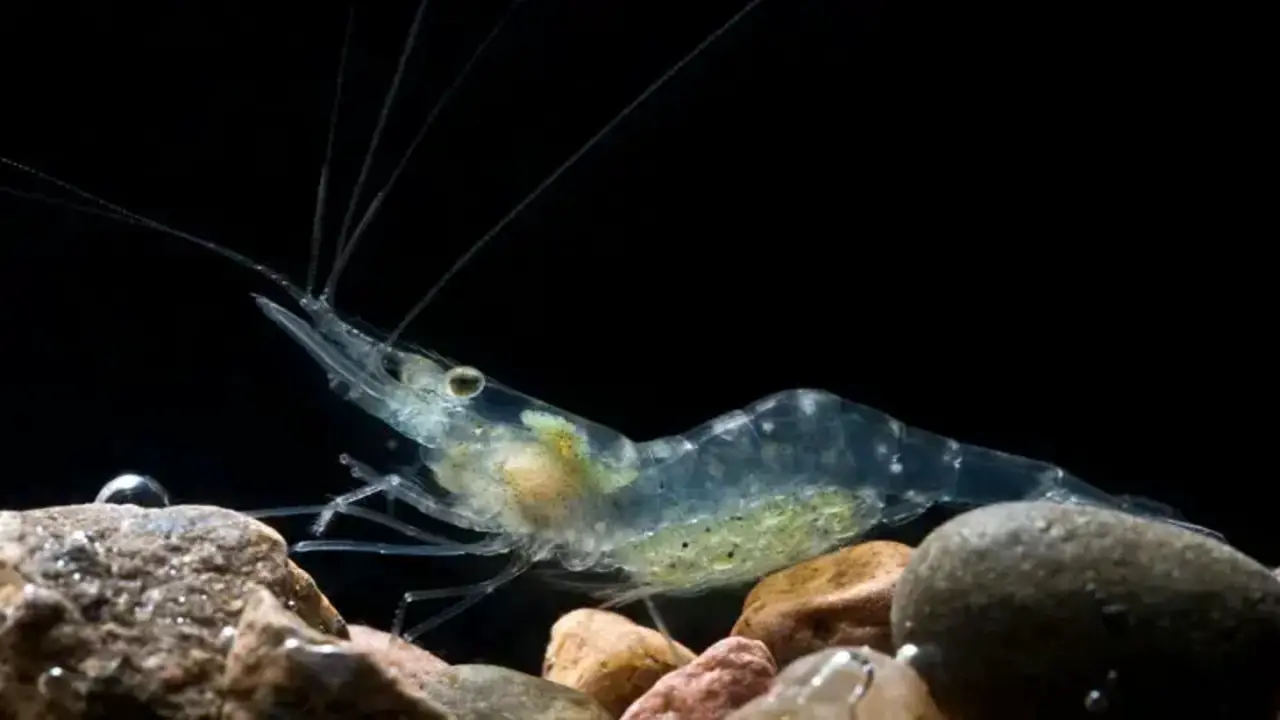
Understanding the Molting Process in Shrimp is essential for every shrimp keeper. Molting is the natural process in which shrimp shed their old exoskeleton to make way for a new one. The frequency of molting varies depending on the age and species of the shrimp. It is a crucial part of their growth and reproduction.
Shrimp are vulnerable to predation and disease during moulting, so it is important to provide them with proper nutrition and maintain optimal water quality. By ensuring enough calcium and other essential nutrients, you can promote healthy molting in your adult shrimp.
Importance Of Molting For Shrimp Growth And Survival
Moulting plays a crucial role in the growth and survival of shrimp. It allows them to shed their old exoskeleton and grow larger. During the molting process, shrimp are vulnerable and require careful monitoring to avoid injury or death. The frequency of molting varies depending on age, species, and environmental conditions.
To promote healthy molting and overall shrimp health, it is important to provide proper nutrition and maintain good water quality. Understanding the molting process is essential for successful shrimp farming and aquaculture. By supporting their molting process, we can ensure the growth and survival of these fascinating creatures.
The Exoskeleton Of Shrimp
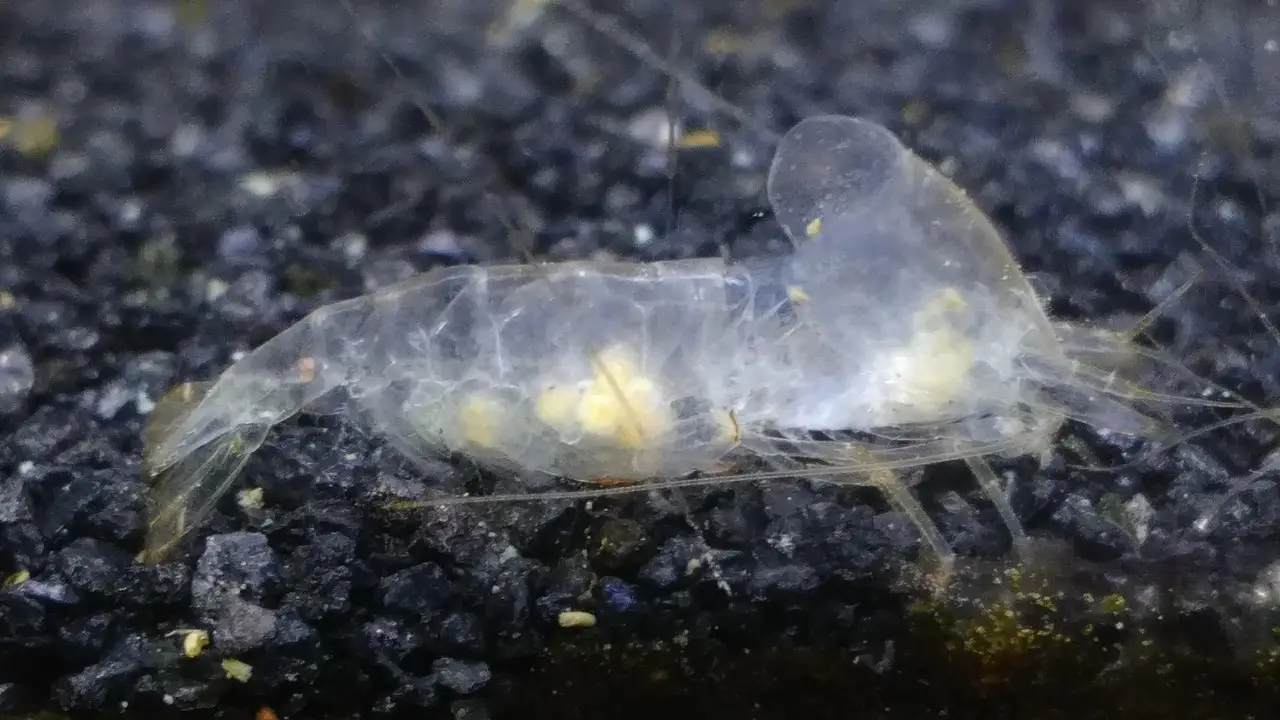
Shrimp shed their exoskeletons as part of the molting process, which is essential for their growth. Shedding frequency varies depending on the shrimp’s species, size, and age. Environmental conditions like temperature and water quality also play a role in determining the shedding frequency.
Shedding can be stressful for shrimp as it leaves them vulnerable to predators. However, proper nutrition and habitat conditions can promote healthy shedding and growth. Shrimp keepers can support the development of a new, stronger exoskeleton by providing adequate calcium and maintaining optimal water parameters.
Its Role In The Molting Process
The molting process plays a crucial role in the growth and development of shrimp. Shrimp shed their old exoskeletons periodically to make way for new ones and increase their size. The exoskeleton, made of chitin, is a hard, protective shell that limits growth. The old exoskeleton cracks during moulting, and the shrimp pushes it off to reveal a fresh, larger one underneath.
The frequency at which shrimp moult varies between different species and is influenced by temperature and food availability. It is important to note that molting is a vulnerable time for shrimp as they become softer and more susceptible to predation and disease.
Identifying The Stages Of Shrimp Molting Cycle
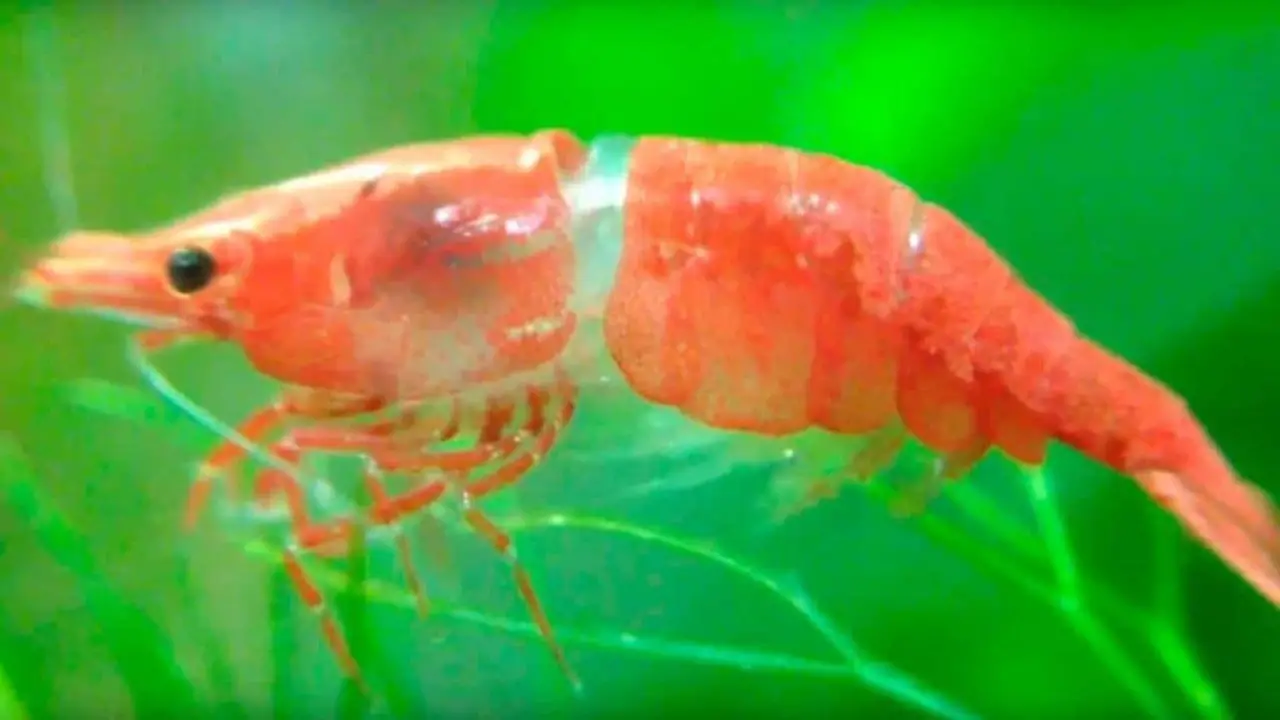
In the molting process, shrimp shed their exoskeleton to grow and replace it with a new one. The cycle consists of three stages: pre-molt, ecdysis, and post-molt. During pre-moult, the shrimp’s exoskeleton softens and separates from its body.
In the ecdysis stage, the shrimp sheds its old exoskeleton and emerges with a new, larger one. Post-molt is when the shrimp’s new exoskeleton hardens, but the shrimp remains vulnerable to predation. Understanding these stages helps shrimp keepers identify and support their shrimp during this crucial period of growth and development.
Pre-Molting Stage
During the pre-molting stage, shrimp undergo preparations for shedding their old exoskeleton. In this phase, they may stop eating and become less active. The pre-molting stage can vary, lasting anywhere from a few days to several weeks. Shrimp might exhibit signs of stress during this period, such as discoloration or lethargy.
To ensure a successful molt, it is vital to maintain proper water quality and provide appropriate nutrition. The pre-molting stage sets the foundation for a smooth molting process, allowing the shrimp to shed their old shell and emerge with a new, larger exoskeleton.
The Actual Molting Process
During molting, shrimp shed their old exoskeleton and grow a new one. This natural phenomenon allows them to continue their growth. While molting, shrimp often stop eating and become more vulnerable to predators. The molting process can range from a few hours to a few days. Once the new exoskeleton has hardened, the shrimp can resume normal activities.
The frequency of molting varies depending on age, species, and environmental conditions. Understanding the actual molting process is crucial for shrimp keepers to ensure the health and well-being of their aquatic companions.
Post-Molting Stage
During the post-molting stage, which typically lasts around 24 hours, the shrimp undergoes a crucial process. After shedding its old exoskeleton, the shrimp consumes it to obtain calcium, an essential mineral for developing its new exoskeleton.
To protect the vulnerable shrimp from potential attacks, keeping them in a separate aquarium during this stage is advisable. Feeding should be carefully controlled, with small amounts of high-quality food to prevent over-feeding. Monitoring the health of the shrimp during this stage is vital to ensure successful molting cycles.
Inter-Molting Stage
During the inter-molting stage, the period between two molts, shrimp experience growth and replenish their energy. The duration of this stage can vary depending on factors like species and environmental conditions. Shrimp are more active and have a higher appetite during this stage, as they need to consume enough nutrients to support their health and prepare for the next molt.
Maintaining water quality is crucial during the inter-molting stage to ensure the best conditions for the shrimp and prevent stress. Adequate nutrition and a stable environment are key for the shrimp to develop a strong and healthy new exoskeleton.
How Frequent Is Shrimp Shedding?
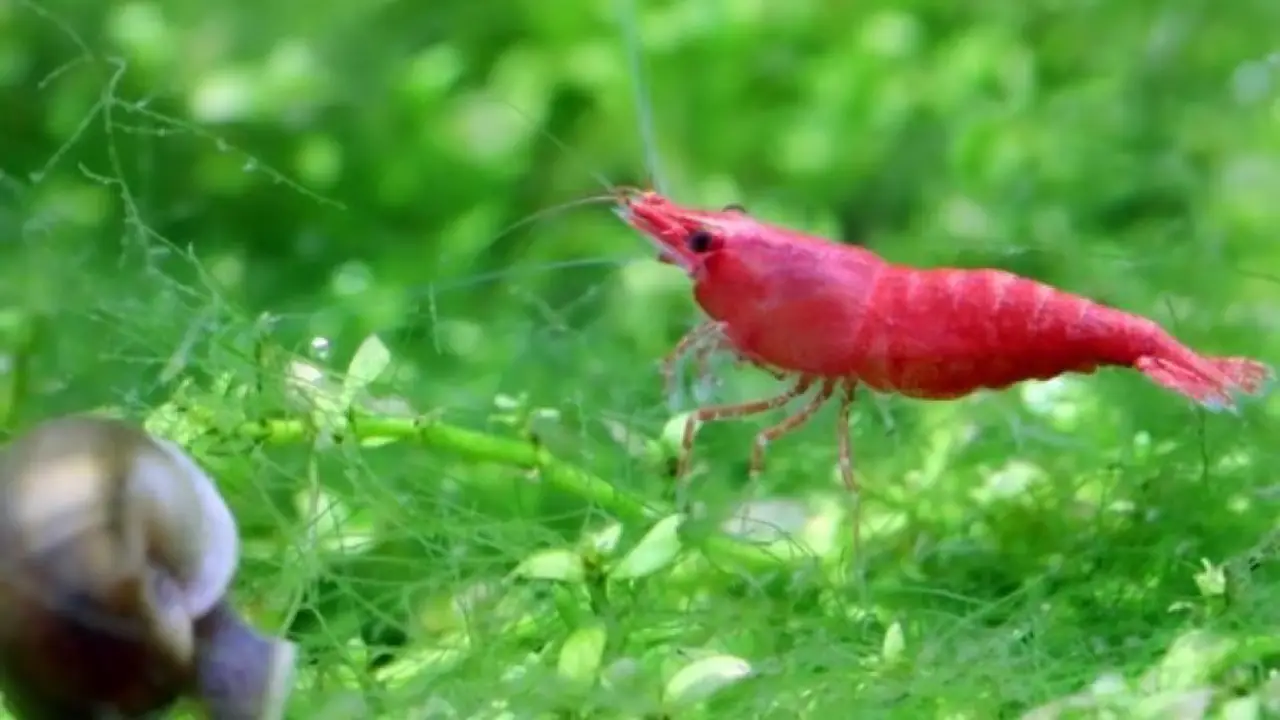
Shrimps shed their exoskeletons several times throughout their life. The frequency of molting is influenced by multiple factors such as species, age, and environmental conditions. Generally, young shrimps shed more frequently than adults, sometimes as often as every few weeks.
The environment also plays a crucial role in the molting process. Factors like water temperature and food availability can impact moulting frequency in shrimps. Additionally, molting is essential for shrimps as it allows them to grow and regenerate their lost limbs.
Factors Influencing The Frequency Of Molting
The frequency of shrimp molting varies depending on several factors. Age, size, and species influence how often shrimps shed their exoskeletons. Generally, younger and smaller shrimps molt more frequently than mature and larger ones. Additionally, environmental changes, such as water temperature and quality fluctuations, can also impact the molting frequency.
Shrimps can also experience abnormal molting patterns due to certain diseases or infections. Furthermore, proper nutrition and feeding practices influence the frequency of shrimp molting. By considering these factors, shrimp keepers can ensure that their shrimps molt healthily and grow properly.
Distinguishing Between A Dead Shrimp And A Molting Shrimp
During the molting process, shrimp shed their exoskeletons periodically to grow. This can be stressful for shrimp, often causing them to hide or become less active. Distinguishing between a dead shrimp and a molting shrimp is important for maintaining a healthy aquarium environment.
A dead shrimp will have a limp body and emit a strong odor, while a molting shrimp will have a translucent exoskeleton and may appear inactive. Regular monitoring of your aquarium and prompt removal of dead or molting shrimp is crucial for the well-being of your other aquatic life.
Is There A Connection Between Stress And Shrimp Molting?
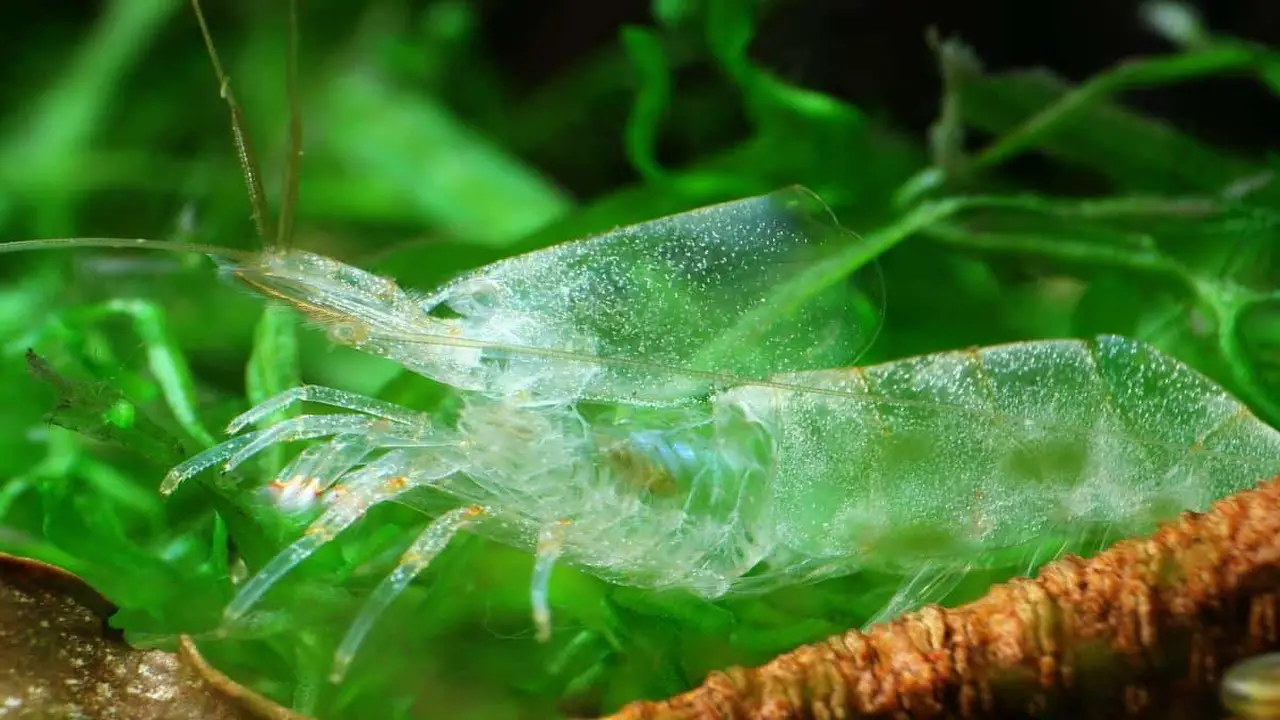
Stressful conditions can have a significant impact on the molting process of shrimp. Factors such as poor water quality or an unsuitable habitat can cause delays or abnormalities in the shedding of their exoskeleton. To ensure that your shrimp undergo a healthy molting process, it is essential to maintain optimal conditions and provide them with a stress-free environment.
This includes maintaining water parameters within acceptable ranges, providing adequate hiding spots and vegetation, and avoiding sudden temperature or water chemistry changes. Additionally, feeding your shrimp a balanced diet of calcium and other essential nutrients can help support healthy molting and overall well-being.
Monitoring your shrimp’s behavior and appearance regularly can help you detect signs of stress or potential issues with their moulting process early on, allowing for prompt intervention and treatment if necessary.
Conclusion
Shrimp shedding, also known as molting, is a natural process that shrimp go through in order to grow. During this process, the shrimp sheds its old exoskeleton and forms a new one. The frequency of shedding can vary depending on factors such as the shrimp species and its age. Generally, younger shrimp molt more frequently than older ones.
Providing a suitable environment for your shrimp to molt successfully is important, including proper water conditions and a balanced diet. By understanding the shedding process and providing the necessary care, you can ensure the health and growth of your shrimp population. We hope you now understand do shrimp shed.
Frequently Asked Questions
What Does Shrimp Shed Look Like?
Shrimp shed their exoskeleton regularly as part of their growth process. The shed exoskeleton, known as an exuviae, appears translucent and thin, resembling a shell. It may also contain the shrimp’s antennae, legs, and other appendages. Collecting exuviae can offer insights into the health and growth of shrimp populations.
How Often Do Shrimp Shed?
Shrimp shed their exoskeleton periodically as they grow. The frequency of shedding depends on their age and species, with younger shrimp shedding more often than older ones. Some species may shed multiple times a year, while others may only shed once a year.
Should I Remove Shrimp Molt?
It is not necessary to remove shrimp molt, but leaving it in the tank can provide calcium for other invertebrates. Removing the molt can help prevent excess waste buildup. Ultimately, whether or not to remove the molt is a personal preference and may depend on the size of your tank.
Do Fresh Water Shrimp Molt?
Freshwater shrimp undergo molting, which is shedding their exoskeleton to facilitate growth. During this vulnerable phase, they may hide or become less active. Providing a calcium source can aid in the molting process.
What Does It Mean When My Shrimp Sheds?
When a shrimp sheds its exoskeleton, it indicates growth and development. This process allows the shrimp to discard its old exoskeleton and appear soft and vulnerable for a short period. Good water quality and proper nutrition are crucial for the shrimp’s health.

Aquarium passion is all about connecting with the aquatic life and providing education to the public on the importance of these creatures. We showcase a wide variety of marine life through our exhibits as well as working with schools to provide unique learning opportunities for students of all ages.

